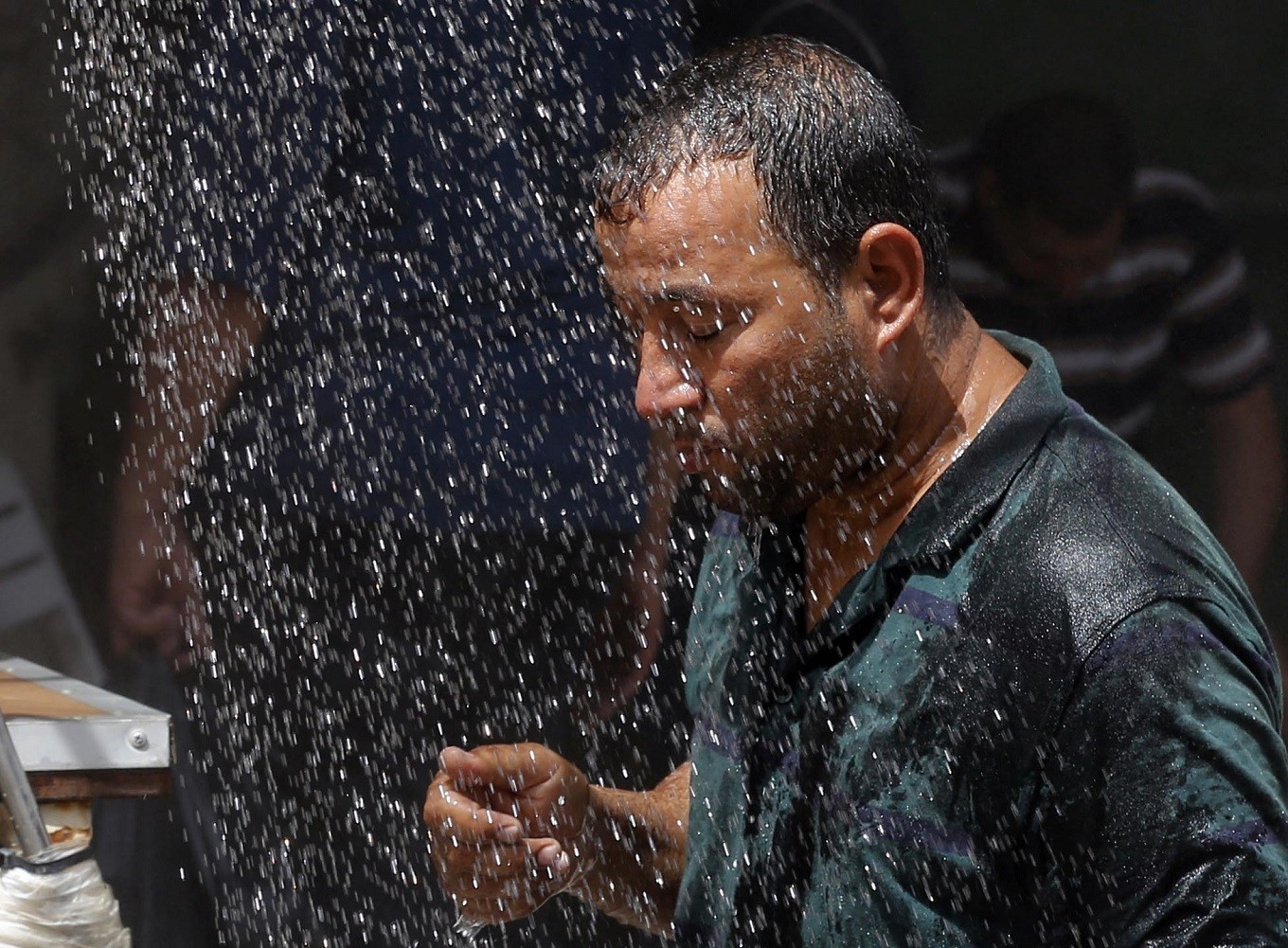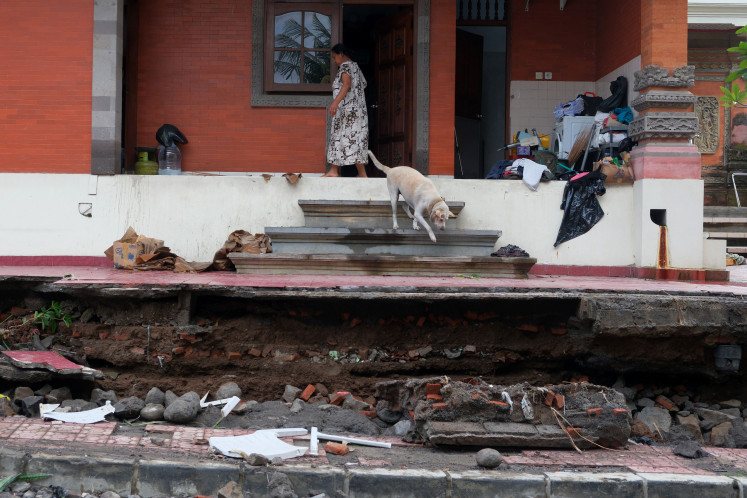Popular Reads
Top Results
Can't find what you're looking for?
View all search resultsPopular Reads
Top Results
Can't find what you're looking for?
View all search resultsStudy: Man-made extreme weather has hit all over the world
Change text size
Gift Premium Articles
to Anyone
M
ost people on Earth have already felt extreme and record heat, drought or downpours goosed by man-made global warming, new research finds.
In a first-of-its-kind study, scientists analyzed weather stations worldwide and calculated that in 85 percent of the cases, the record for hottest day of the year had the fingerprints of climate change. Heat-trapping gases from the burning of coal, oil and natural gas made those records more likely or more intense.
"The world is not quite at the point where every hot temperature record has a human fingerprint, but it's getting close to that," said lead author and Stanford University climate scientist Noah Diffenbaugh.
Climate change's influence was spotted 57 percent of the time in records for lowest rainfall in a year and 41 percent of the time in records for most rain in a 5-day period, according to the study in Monday's Proceedings of the National Academy of Sciences.
Read also: EDITORIAL: Love our Earth
For the last several years, researchers have come up with a generally accepted scientific technique to determine whether an individual weather extreme event was made more likely or stronger because of climate change. It usually involves past weather data and extensive computer models that simulate how often an event would happen with no warming from greenhouse gases and compare that to how often it does happen.
Outside scientists said what makes Diffenbaugh's study different and useful is that he doesn't look at an individual event such as California's five-year drought. Instead, he applies the technique to weather stations as a whole across the world, said Columbia University climate scientist Adam Sobel, who wasn't part of new work.
"This is a step forward in that it allows general statements about what fraction of events of the given types selected have a statistically significant" human influence, Sobel said in an email.











